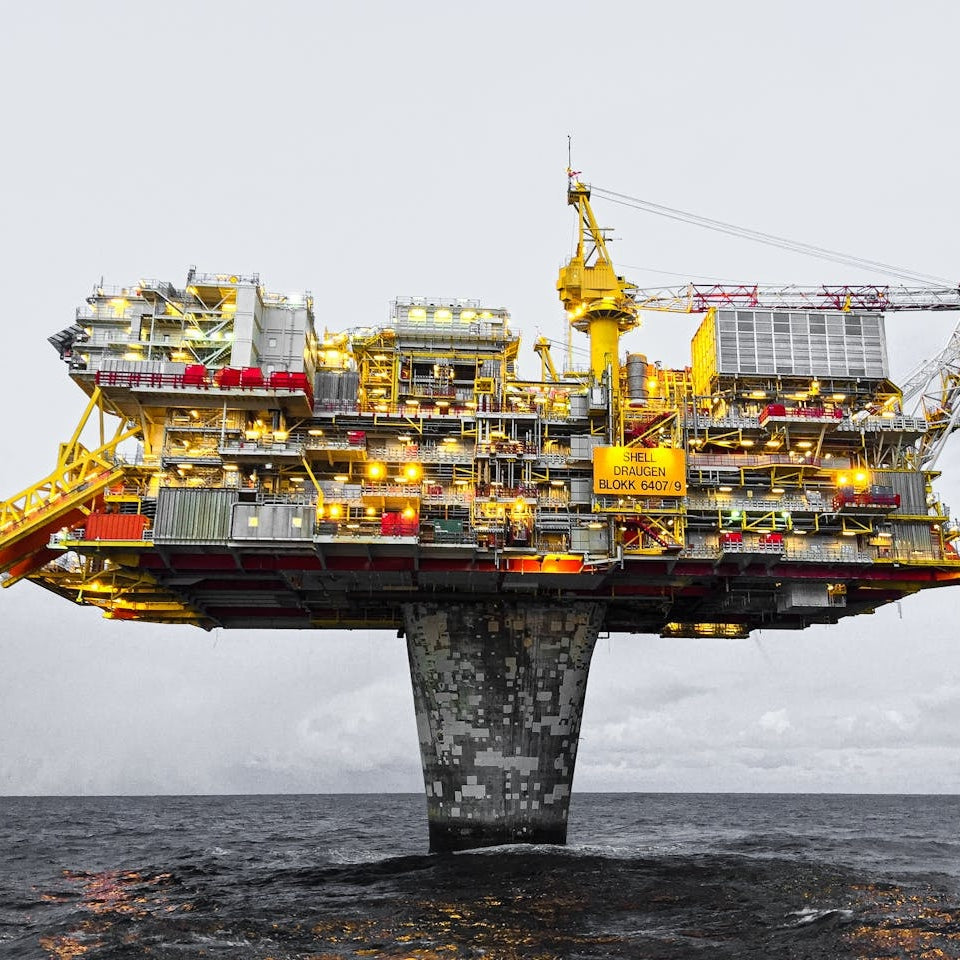In the subsea industry, plastic fasteners must withstand extreme conditions, including constant exposure to saltwater, pressure, and in some cases, UV radiation. For this reason, choosing the right material for fasteners is critical. Factors like water absorption rates, UV resistance, chemical resistance, and mechanical strength are all important in determining the most suitable plastic fasteners for subsea applications.
PEEK (Polyether Ether Ketone)
PEEK is one of the best materials for subsea fasteners due to its exceptional mechanical properties, low water absorption rate, and resistance to both chemicals and saltwater. PEEK has an incredibly low water absorption rate, usually less than 0.1%, making it highly resistant to degradation or swelling in wet environments. Additionally, PEEK can withstand extreme pressures and temperatures, making it ideal for deep-sea applications such as underwater exploration equipment, pipelines, and drilling platforms. It maintains its mechanical strength even after long-term exposure to high pressures and water, making it a durable choice for subsea operations.
PVDF (Polyvinylidene Fluoride)
PVDF fasteners are also highly suitable for subsea applications. PVDF has excellent resistance to saltwater and harsh chemicals, making it a go-to choice for marine applications where exposure to corrosive elements is inevitable. It offers good mechanical strength and maintains stability even after prolonged exposure to moisture. PVDF fasteners have a low water absorption rate, around 0.04%, which helps ensure that the fasteners remain dimensionally stable and functional over time. Additionally, PVDF provides UV resistance, making it useful in shallow subsea structures that may be exposed to sunlight or when UV degradation is a concern.
Nylon (Polyamide)
Nylon fasteners are commonly used in many industrial applications, but their suitability for subsea use is more limited due to their higher water absorption rates. Nylon absorbs water at a rate of around 3-9%, which could lead to swelling or weakening in long-term underwater environments. However, specific grades of nylon, such as those treated with moisture-resistant additives, can be used in less demanding subsea applications where pressure and moisture exposure are not extreme. Nylon is lightweight and cost-effective but not ideal for the deeper, high-pressure environments typically found in subsea operations.
PTFE (Polytetrafluoroethylene)
PTFE is another strong candidate for subsea applications due to its almost non-existent water absorption rate (typically less than 0.01%) and exceptional resistance to chemicals, including saltwater. PTFE fasteners are frequently used in environments where low friction and chemical resistance are required, such as in underwater valves and pipelines. However, PTFE is softer than PEEK and lacks the same level of mechanical strength, making it less suitable for heavy load-bearing applications in subsea environments. Nevertheless, PTFE’s inertness and resistance to UV radiation can make it a good choice for specific applications, such as corrosion-resistant sealing systems.
PPS (Polyphenylene Sulfide)
PPS is a high-performance polymer with excellent resistance to moisture absorption (typically less than 0.02%) and has good mechanical strength, making it another solid choice for subsea applications. Its resistance to chemicals and saltwater corrosion makes PPS fasteners highly durable in wet, harsh environments. It also performs well under high pressure and high temperatures, making it suitable for deep-sea equipment. While it does not match PEEK in mechanical strength, PPS fasteners are a cost-effective alternative for subsea applications where resistance to moisture and chemical stability are critical.
Factors to Consider
-
Water Absorption: Materials like PEEK, PVDF, PTFE, and PPS have extremely low water absorption rates, making them ideal for use in the subsea industry. Fasteners that absorb too much water may swell, lose strength, or deform, which can compromise the performance of equipment.
-
UV Resistance: While UV exposure is typically more relevant to shallow waters, materials like PVDF and PTFE are UV-resistant, making them suitable for fasteners that may occasionally be exposed to sunlight.
-
Chemical and Saltwater Resistance: Fasteners made from materials that resist saltwater corrosion, such as PEEK, PTFE, PVDF, and PPS, ensure long-term durability in the harsh subsea environment, preventing degradation and the need for frequent replacement.
Conclusion
For the subsea industry, fasteners made from PEEK, PVDF, PTFE, and PPS are among the most suitable due to their excellent resistance to water absorption, saltwater corrosion, and high mechanical demands. PEEK stands out as a top choice for its superior strength and resistance to extreme pressures, while PVDF and PTFE offer good chemical resistance and UV stability. Selecting the right plastic fasteners for subsea applications ensures long-term durability, reduced maintenance, and reliable performance in challenging underwater environments.

